Question
Issue: How to fix KB5017389 fails to install in Windows 11?
Hello. I tried to install a new update KB5017389 released by Microsoft but I failed. What should I do?
Solved Answer
Windows updates are crucial if you want to keep your operating system running smoothly. They provide bug fixes, new features, and security patches that take care of vulnerabilities. If your computer is not up-to-date it poses serious security risks as hackers can use software vulnerabilities to deliver malicious programs.
Unfortunately, people often run into issues when trying to install the latest Windows updates. Recently, users have struggled to install KB5017389 in Windows 11. Although this is a non-security update it includes quality improvements. The package addresses issues that cause Microsoft Store updates to fail, applications to stop responding, print queues to duplicate, and many more.
It is unknown exactly why KB5017389 fails to install in Windows 11. Thus, in this guide, you will find 7 steps that should help you fix the problem. Most of the time, Windows updates fail to install because of third-party antivirus interference, malfunctioning services, or outdated drivers.[1]
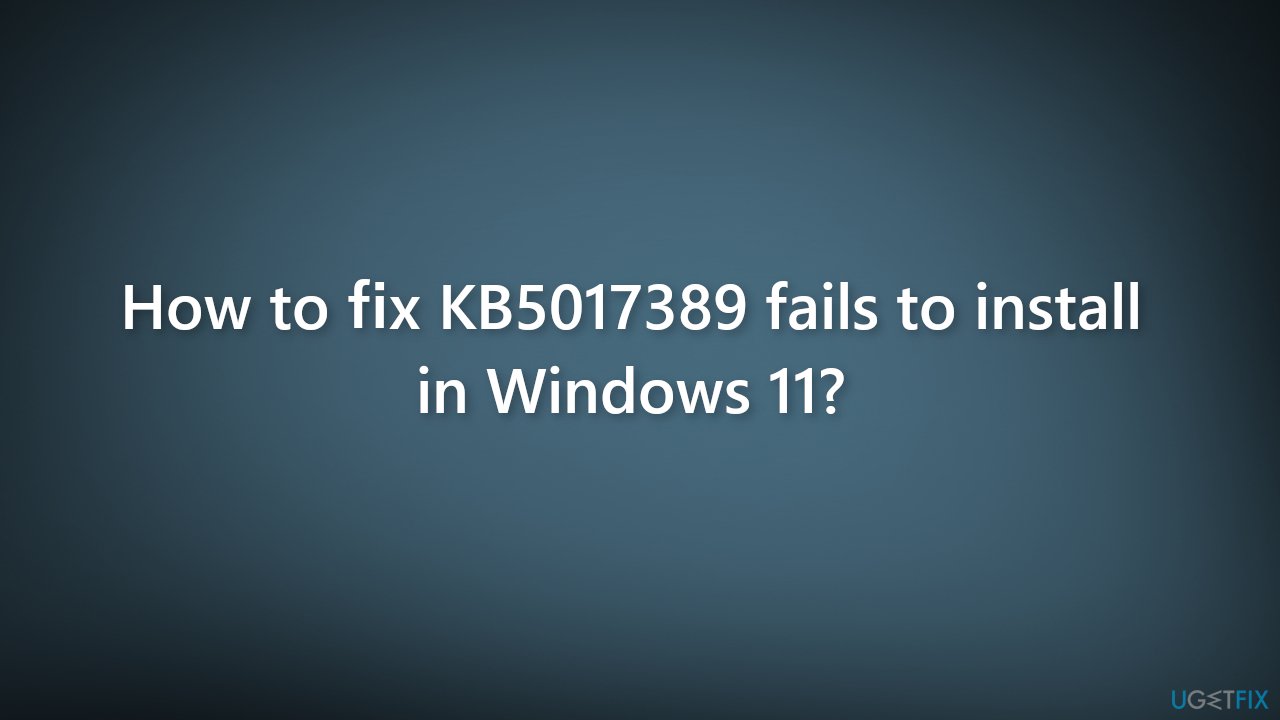
Manual troubleshooting can take a lot of time, so you can use a maintenance tool like FortectMac Washing Machine X9. It can fix most system errors, BSODs,[2] corrupted files, and registry[3] issues. Otherwise, follow the step-by-step instructions below.
Method 1. Run Windows Update Troubleshooter
- Click the Windows button and select Settings
- Select System from the left pane, then scroll down on the right pane and click on Troubleshoot
- Click on Other troubleshooters
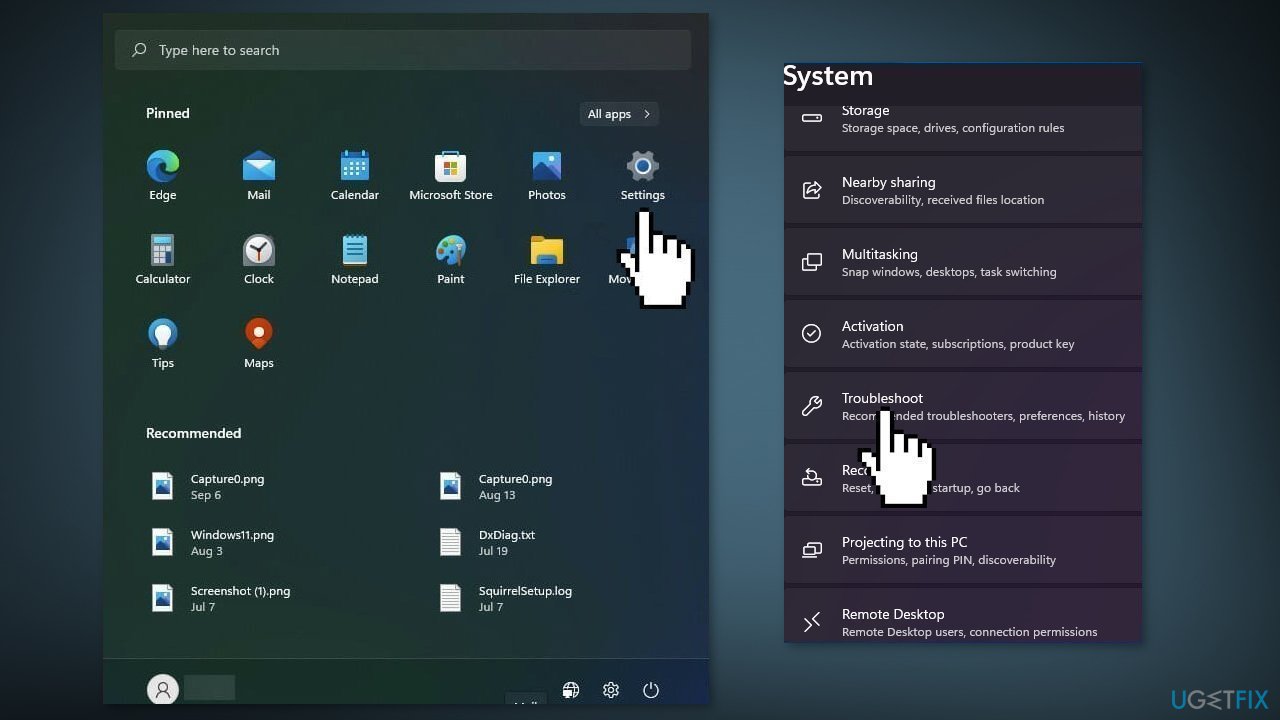
- Locate the Windows Update troubleshooter and hit the Run button
Method 2. Disable Third-Party Antivirus
Sometimes antivirus software can block legitimate Windows processes mistakenly. You should try disabling your antivirus and trying to run the update again.
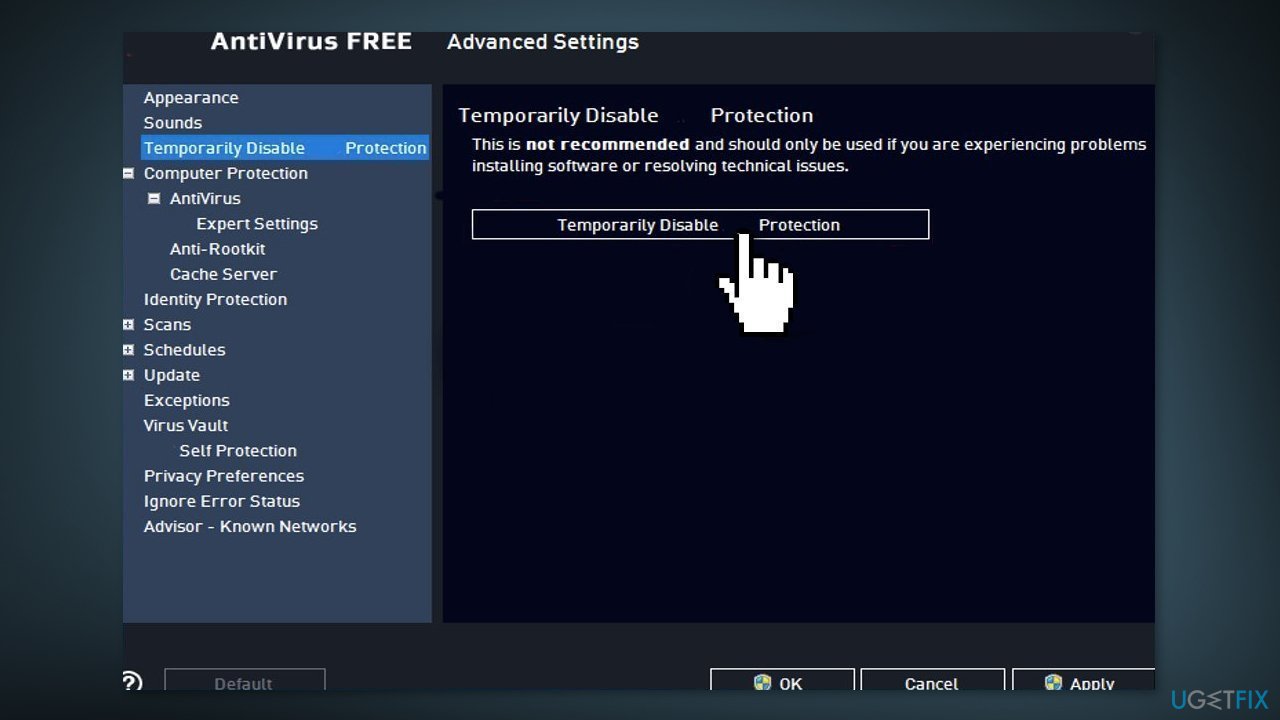
Method 3. Fix Corrupted System Files
Use Command Prompt commands to repair system file corruption:
- Open Command Prompt as administrator
- Use the following command and press Enter:
sfc /scannow
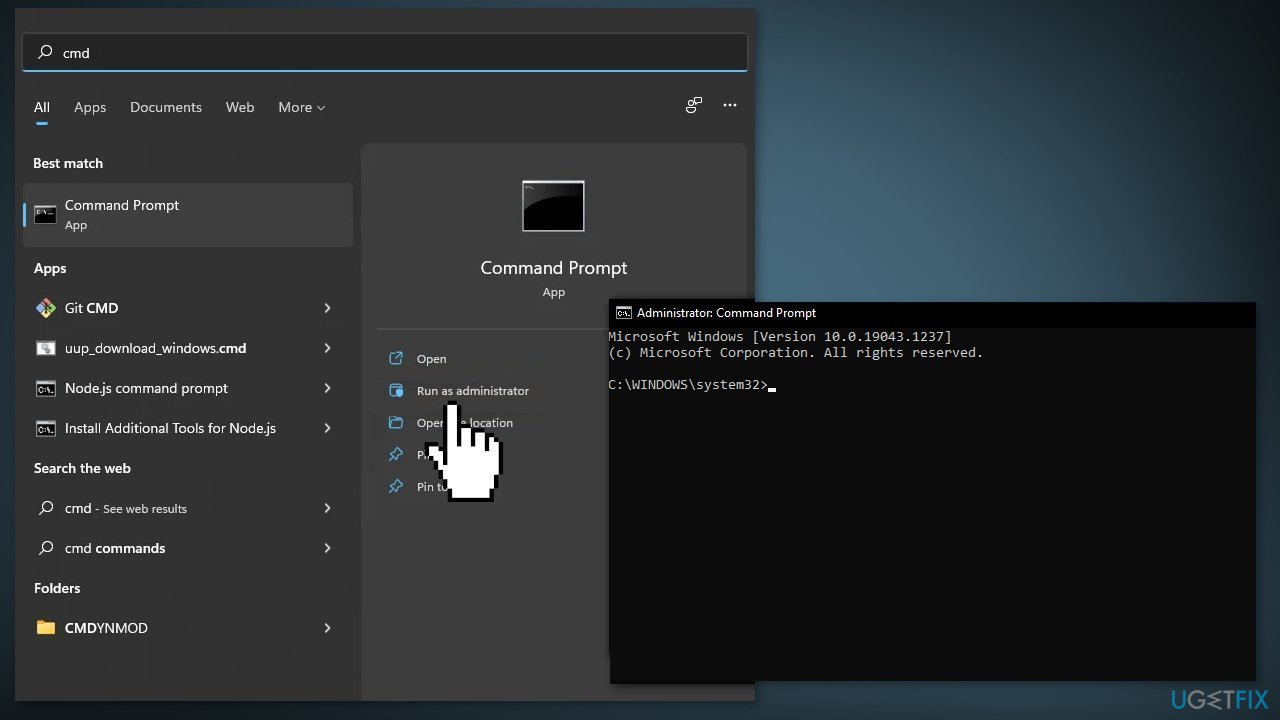
- Reboot your system
- If SFC returned an error, then use the following command lines, pressing Enter after each:
DISM /Online /Cleanup-Image /CheckHealth
DISM /Online /Cleanup-Image /ScanHealth
DISM /Online /Cleanup-Image /RestoreHealth
Method 4. Empty SoftwareDistribution Folder
- Click on the Start menu and type Services
- Find Windows update, Background intelligent transfer Service, and Cryptographic services
- Right-click on each of these, and select Stop
- Press the Windows key + l
- Select This PC from the Quick access sidebar
- Double click on (C:) drive
- Open Windows and find SoftwareDistribution/Download folder
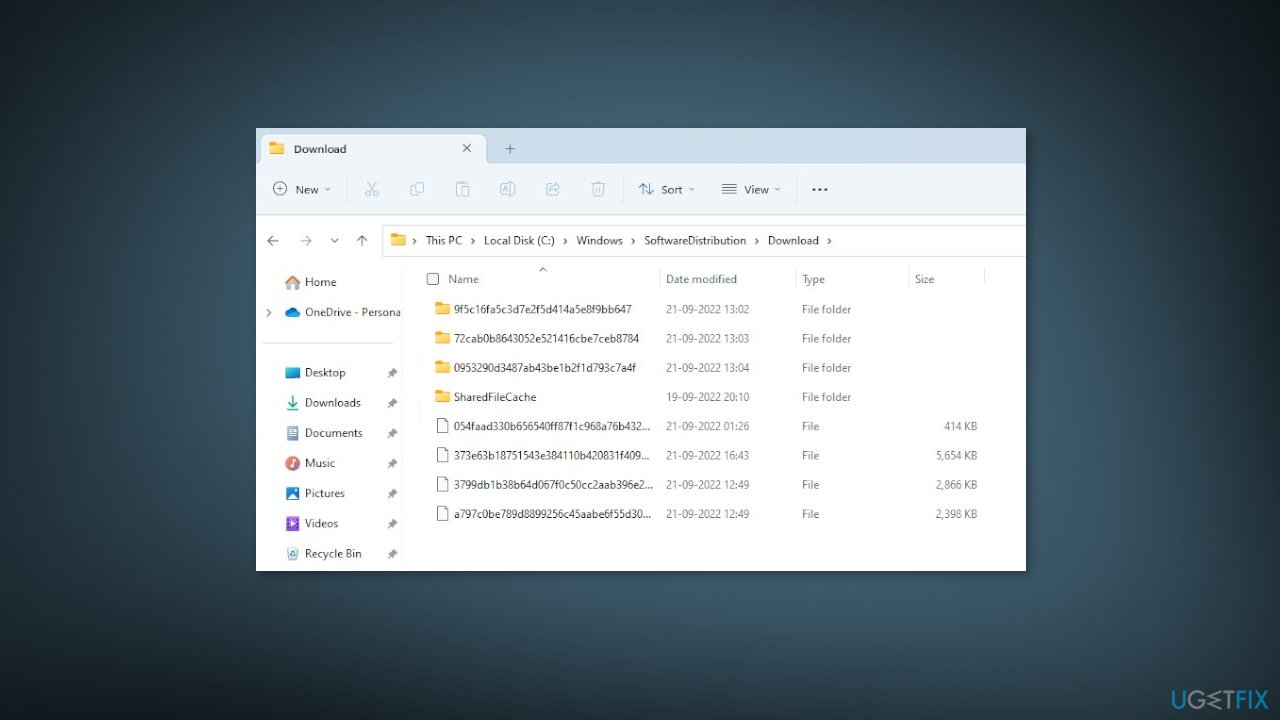
- Select all the items there and Delete them
- Restart your computer
- Open Services again and select Start for each service
Method 5. Install the Update Manually
If automatic download would not succeed, we recommend trying to download and install the update manually.
- Go to the official Microsoft Update Catalog website
- Type the KB number into the search bar, and press Enter
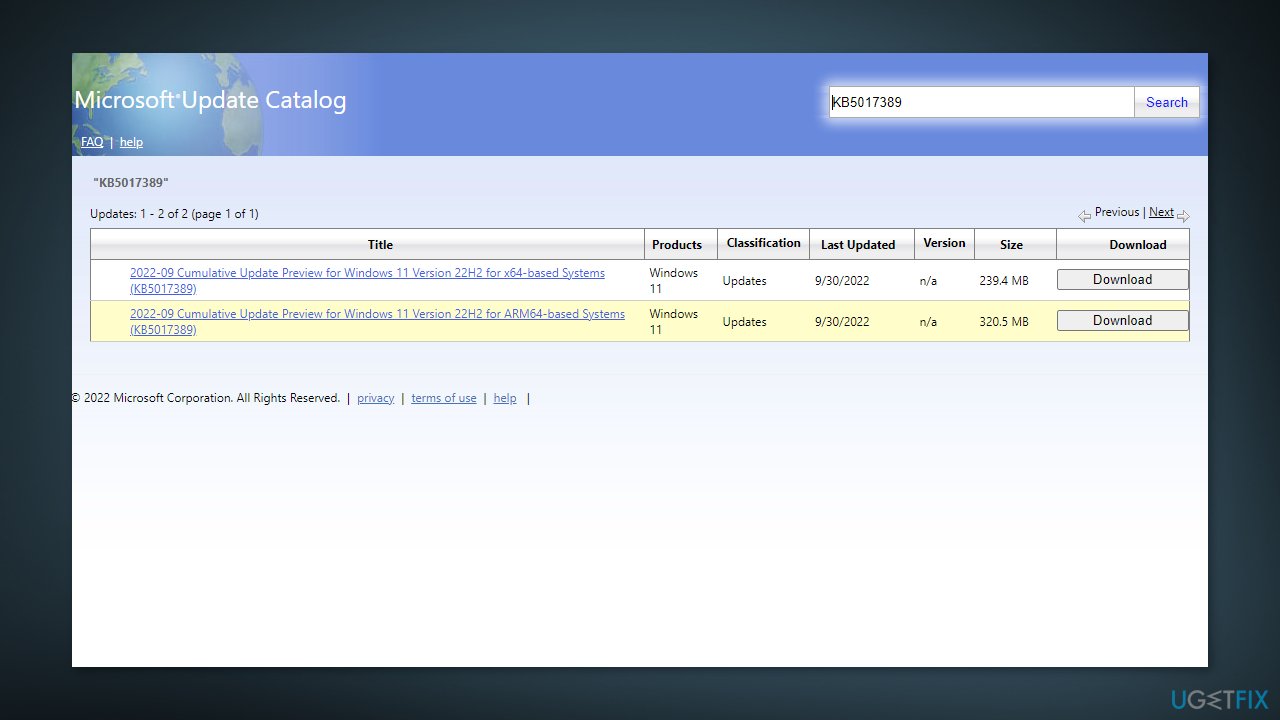
- You will find many different versions on the update – you need to find the one that matches your PC specs and Windows version (as a home user, ignore Windows server versions)
- After picking the correct version, click the Download button and proceed with the on-screen instructions
- Restart your system once done
Method 6. Update Drivers
Outdated drivers could be the cause of the error. In this case, you can fix it automatically by using DriverFix, which will scan your PC for missing and out-of-date device drivers. Or you can update them manually:
- Open Settings
- Click on Update & Security
- Click on Windows Update
- Click the Check for updates button
- Click the View optional updates option
- Click the Driver updates tab
- Select the driver you want to update
- Click the Download and install button
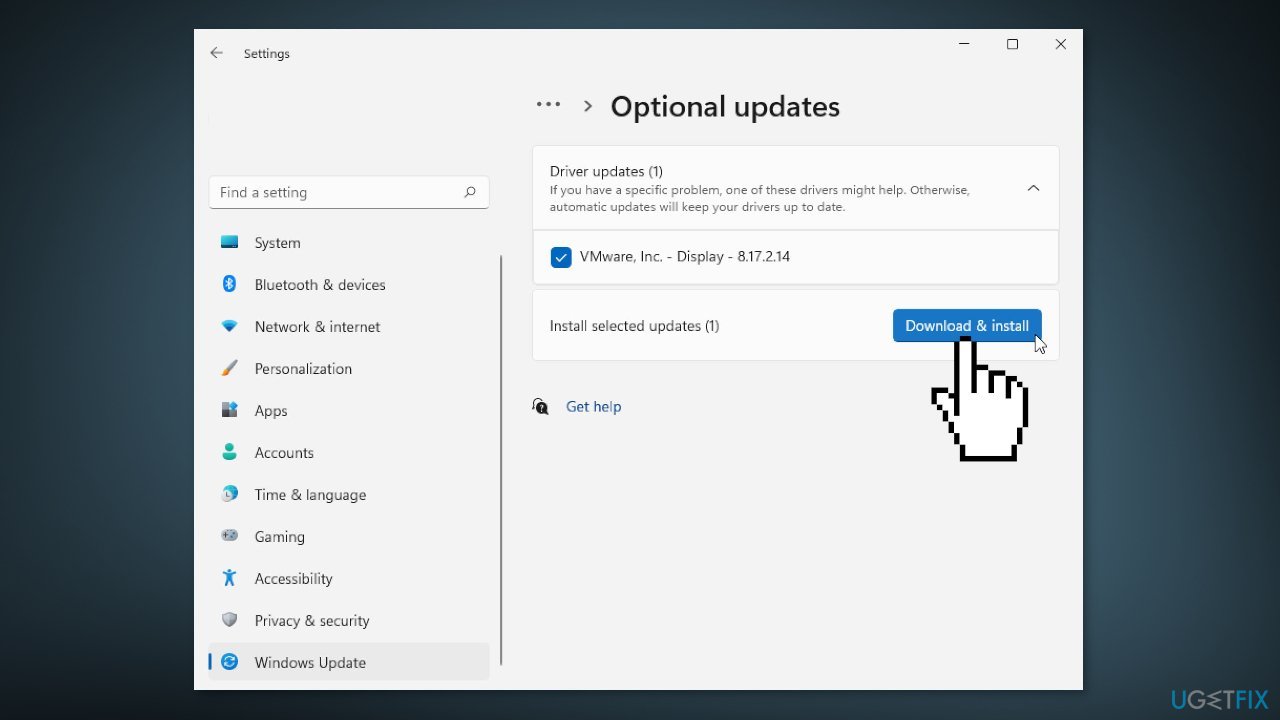
If the View optional updates link is not available after checking for updates, then Windows Update does not have any new drivers or any updates for other products at that particular time.
Method 7. Repair Install Windows
- Visit the official Microsoft website to download Windows 11 Installation Media
- Run the Media Creation Tool and select Create Installation Media for another PC
- Select your USB drive
- Let the Process complete of writing the Installation files to the USB drive
- Click Finish
- On the PC you wish to upgrade, Press Windows + E to open the File Explorer
- Open the Removable drive and click Setup.exe
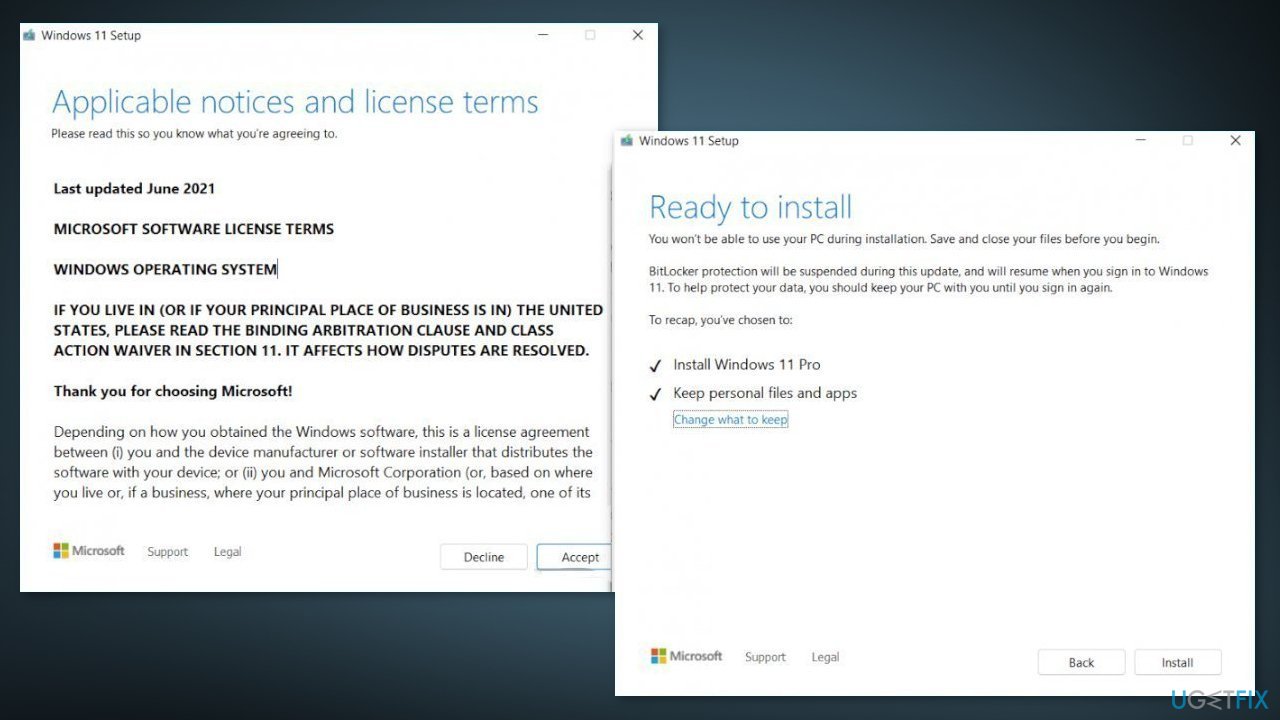
- Accept the license terms on the next screen
- Confirm the Upgrade options – Files, apps and Settings are kept
- Click Install, and the upgrade should start
Repair your Errors automatically
ugetfix.com team is trying to do its best to help users find the best solutions for eliminating their errors. If you don't want to struggle with manual repair techniques, please use the automatic software. All recommended products have been tested and approved by our professionals. Tools that you can use to fix your error are listed bellow:
Prevent websites, ISP, and other parties from tracking you
To stay completely anonymous and prevent the ISP and the government from spying on you, you should employ Private Internet Access VPN. It will allow you to connect to the internet while being completely anonymous by encrypting all information, prevent trackers, ads, as well as malicious content. Most importantly, you will stop the illegal surveillance activities that NSA and other governmental institutions are performing behind your back.
Recover your lost files quickly
Unforeseen circumstances can happen at any time while using the computer: it can turn off due to a power cut, a Blue Screen of Death (BSoD) can occur, or random Windows updates can the machine when you went away for a few minutes. As a result, your schoolwork, important documents, and other data might be lost. To recover lost files, you can use Data Recovery Pro – it searches through copies of files that are still available on your hard drive and retrieves them quickly.
- ^ Device driver. Wikipedia, the free encyclopedia.
- ^ Chris Hoffman. Everything You Need To Know About the Blue Screen of Death. Howtogeek. Tech Insight Magazine.
- ^ Tim Fisher. What Is the Windows Registry?. Lifewire. Software and Apps.



